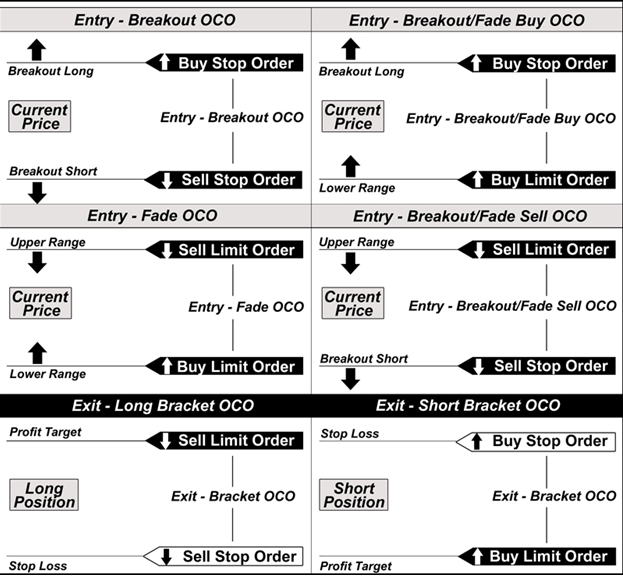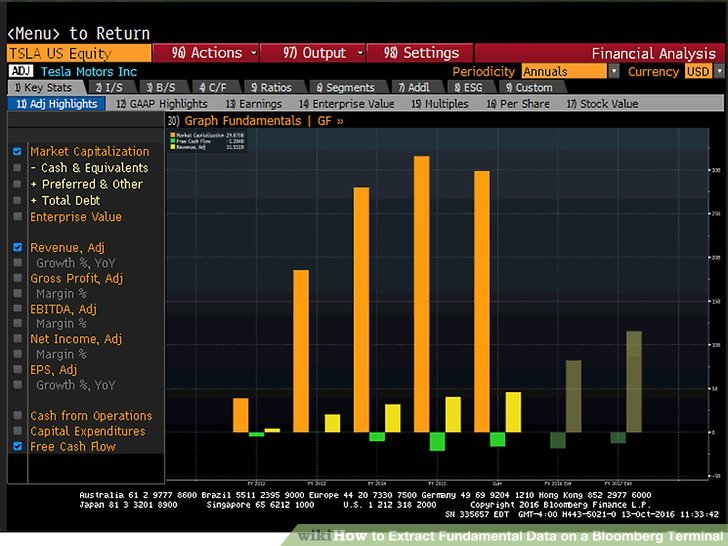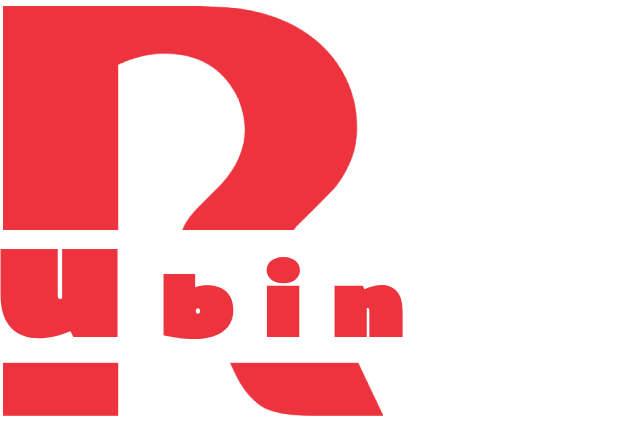Contents:


In case of any urgency of payment, creditor can get the bill discounted from the bank. Stamp − Amount in excess of certain limit should be paid and signed on affixed revenue stamp according to above specimen. The Payee − Payee and drawer may be same person who gets the payment or may be a different person. In case of same parties, will be reduced to two instead of three. The money for the Bills of Exchange must be payable to a definite person or to his order or to the bearer.
They may accrue interest if not paid by a certain date, however, in which case the rate must be specified on the instrument. They can, conversely, be transferred at a discount before the date specified for payment. A bill of exchange must clearly detail the amount of money, the date, and the parties involved including the drawer and drawee.
- A bill of exchange is also a negotiable tool, which is a written note legally bound, and duly stamped and signed by its drawer.
- The negotiable instruments and all their aspects are governed by the Negotiable Instruments Act, 1881 in India.
- Drawee agrees with the full content of the bill without any change and it may be conditional, which is called as qualified acceptance.
- Assets may serve as collateral for loans in specific circumstances, such as those involving promissory notes.
The Drawee − Drawee or purchaser is a person who accepts the bill of a certain amount to be paid after a specific time. The Reserve Bank of India and India’s Government are the only entities that can draw a bill payable on demand to the person who is the bearer of the Bill. In the bill of exchange, the drawer and the payee may be the same person. However, in the case of a promissory note, the drawer can never be the payee.
Ask Any Difference is made to provide differences and comparisons of terms, products and services. The vision is to cover all differences with great depth. The Standard of living is the number of goods and services people can buy with the money they have.
Difference between bill of exchange and promissory note
For this reason, bills of exchange are sometimes also referred to as bank drafts. Most people are familiar with promissory notes because you must sign them when you take out a car loan, student loan, or mortgage. Promissory notes can also be used in business transactions or as a way to formalize a loan from a family member or friend.
7.Bill of Exchange General Definition • An unconditional order issued by a person or business which directs the recipient to pay a fixed sum of money to a third party at a future date. • A bill of exchange must be in writing and signed and dated. 5.Promissory Note Essentials of Promissory Note It must be an unconditional written promise. It must contain a promise to pay a certain sum in money only. It may be made by two or more persons, and they may be liable thereon jointly or severally.
Therefore, in case of payment disputes or any other complications between the parties, a bill of exchange can be used as concrete evidence before a court of law. A bill of exchange is a written document or a negotiable instrument that binds a party to another to make payment after a trade has taken place. Therefore, it can be understood that a negotiable instrument is always written. Negotiable Instrument being a transferable document, becomes easy to use and is often used by businesses due to the ease in transaction and for many other reasons. If the Bill of exchange is dishonored, a notice is issued to all parties involved.

bill of exchange and promissory note notes have in the past mostly been used by only corporations or high-net-worth investors, but have recently been used more often in real estate transactions. J.B. Maverick is an active trader, commodity futures broker, and stock market analyst 17+ years of experience, in addition to 10+ years of experience as a finance writer and book editor. She has held multiple finance and banking classes for business schools and communities. They are also known as debt notes that support financing for an individual or a company source aside from a traditional lender.
Agreement between the promisee and the promisor to pay a specific amount of money. Liability of the drawer is only recognized when the acceptor fails to pay. The person or organization required to make the payment.
Days Sale Outstanding (DSO) – Definition and Uses
These include white papers, government data, original reporting, and interviews with industry experts. We also reference original research from other reputable publishers where appropriate. You can learn more about the standards we follow in producing accurate, unbiased content in oureditorial policy.
Lloyds Bank completes UK’s first digital promissory note purchase – Lloyds Banking Group
Lloyds Bank completes UK’s first digital promissory note purchase.
Posted: Thu, 18 Aug 2022 07:00:00 GMT [source]
A promissory note is a financial instrument that contains a written promise by one party to pay another party a definite sum of money. A promissory note must comply with Article 3 of the UCC since it is considered a negotiable instrument. All promissory notes must adhere to the doctrine of good faith.
What Are Some Differences Between a Bill of Exchange and a Check?
The basic difference between the Bill of exchange and promissory note is that the former need to be accepted before the payment is made, but the latter doesn’t need to be accepted. In the case of bills of exchange, no asset is kept as security. Assets may serve as collateral for loans in specific circumstances, such as those involving promissory notes.

It is a written promise for the payment of a specific sum on demand by its creditor or by a predetermined date mentioned on this agreement. A negotiable instrument is a commercial document in writing, that contain an order for payment of money either on demand or after a certain time. These are of three types, namely, bills of exchange, promissory note and cheques. There are instances when the bill of exchange is juxtaposed with a promissory note.
A bill of exchange can either be drawn by banks or individuals, which are transferable through endorsements. A promissory note must be an unconditional undertaking to make payment. The payment must not be dependant upon some contingencies. Acceptor – Acceptor is the one who accepts the task of making the payment as stated in the Bill of Exchange. But another party could also be an acceptor to a bill of exchange.
- The payee, the drawee, and the drawer are three parties who play a pivotal role in the process.
- In the case of the promissory note, no notice is issued to the “maker” of the promissory note for the dishonor.
- In case of same parties, will be reduced to two instead of three.
- “I promise to pay Rs 5,000 plus all fines” is not certain.
- The buyer or seller typically employs a bank to issue the bill of exchange due to the risks involved with international transactions.
It helps exporters grow their market by selling goods and services on credit and allowing foreign importers to pay later. Akash Ltd. becomes the drawee and accepts the bill of exchange for the goods to be delivered. In 60 days, Ronald Car Supply Ltd. will present the bill of exchange to Akash Ltd. for payment. The bill of exchange is an acknowledgment created by Ronald Car Supply Ltd., the drawer or payee, to show the amount owed by Akash Ltd., the drawee. A bill of exchange without document proof is called a clean bill.
What are the post-shipment banking activities in the export business?
A bill of exchange transaction can involve up to three parties. The drawee is the party that pays the sum specified by the bill of exchange. The drawer is the party that obliges the drawee to pay the payee.

And if Seeta gives away the bill to her https://1investing.in/ Raghav, then Raghav will be the payee. In case, Seeta gets the bill discounted from the bank, the bankers will become the payee. There are a number of presumptions that apply to all negotiable instruments, for example, the presumption of consideration, time of acceptance, time of transfer, etc. These presumptions are presumed by the court in regard to negotiable instruments and do not need to be proved separately until the contrary is proved. In a bill of exchange, according to the drawer’s direction, there is an unconditional order for the drawee to pay. On the other hand, a promissory note carries an unconditional promise by the maker to pay the payee.
If the funds are to be paid immediately or on-demand, the bill of exchange is known as a sight draft. In international trade, a sight draft allows an exporter to hold title to the exported goods until the importer takes delivery and immediately pays for them. However, if the funds are to be paid at a set date in the future, it is known as a time draft.
Acts as a Mean of FundingA bill of exchange is also used as a way of getting funds. If a bill specifies the payment to be made on a future date, then the bill can be discounted, and the drawer can sell the bill to a third-party institution in exchange for quick payment. Documents against acceptance bills (D/A) – Here, the documents are provided in exchange for accepting the bill of exchange. This is the party or individual ordered or required to pay the amount mentioned in the bill.
A bona fide transferee of value is not affected by any defect of title on the part of the transferor or any of the previous holders of the instrument. Before discussing the characteristics, let us understand the term “negotiation” with respect to these instruments. The main purpose of such transfer is to make the transferee of the instrument the holder thereof. Thus, it is the procedure by which a third party is made the holder of the instrument, giving him the possession and the entitlement to receive the sum of money in his own name. Few of such negotiable instruments are share warrants, debenture warrants, and dividend warrants. Yes, both instruments could be transferred or negotiable.

